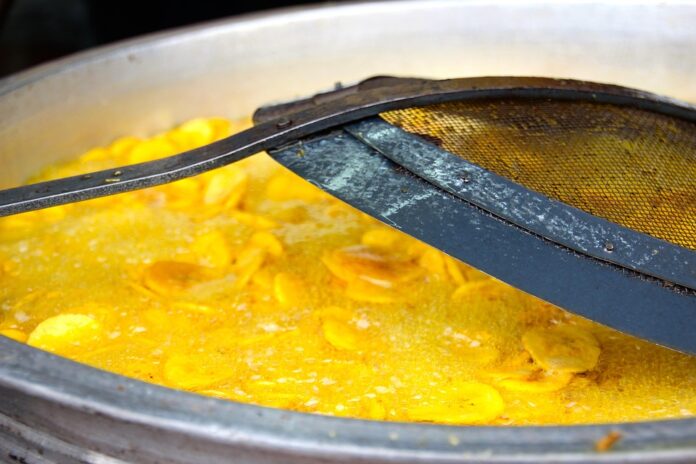Introduction
The cooking oil market is a crucial sector within the global food industry, with a significant impact on consumer prices and food security. Price volatility in this market is often influenced by various factors, including global crop fluctuations, supply chain disruptions, geopolitical tensions, and changing consumer preferences. In this report, we will explore the role of global crop fluctuations in driving price volatility in the cooking oil market, analyzing the impact on key players in the industry.
Global Crop Fluctuations and Price Volatility
Impact of Weather Patterns
Weather patterns play a crucial role in determining crop yields and quality, directly affecting the supply of key cooking oil crops such as soybeans, palm oil, and sunflower oil. Extreme weather events such as droughts, floods, and hurricanes can lead to crop failures, reduced yields, and lower quality crops, resulting in supply shortages and price spikes in the cooking oil market.
Seasonal Variations
Seasonal variations in crop production can also contribute to price volatility in the cooking oil market. For example, the planting and harvesting seasons for soybeans, a key ingredient in many cooking oils, can vary depending on the region, leading to fluctuations in supply and prices throughout the year.
Global Trade Dynamics
Global trade dynamics, including trade agreements, tariffs, and export restrictions, can impact the flow of cooking oil commodities across borders, influencing prices in different regions. Political tensions and trade disputes between major producing and consuming countries can disrupt supply chains and drive up prices in the cooking oil market.
Key Players in the Cooking Oil Market
Leading Cooking Oil Companies
Several multinational companies dominate the cooking oil market, including Cargill, Wilmar International, Archer Daniels Midland, Bunge, and Louis Dreyfus Company. These companies operate across the entire value chain, from sourcing and processing raw materials to distributing finished products to consumers, making them key players in the industry.
Smallholder Farmers and Local Producers
In addition to multinational corporations, smallholder farmers and local producers also play a significant role in the cooking oil market, especially in developing countries. These producers often face challenges such as limited access to resources, technology, and market information, which can impact their ability to respond to price volatility and market fluctuations.
Industry Insights and Trends
Consumer Demand for Healthy Oils
In recent years, consumer demand for healthier cooking oils, such as olive oil, avocado oil, and coconut oil, has been on the rise, driven by growing awareness of the health benefits of these oils. This trend has led to changes in product offerings and marketing strategies by cooking oil companies, as they seek to capitalize on the growing demand for healthier alternatives.
Sustainability and Environmental Concerns
Sustainability and environmental concerns are becoming increasingly important in the cooking oil market, with consumers and regulators pushing for more sustainable sourcing practices and production methods. Companies are investing in sustainable agriculture, deforestation-free supply chains, and carbon footprint reduction initiatives to address these concerns and improve their market position.
Conclusion
Price volatility in the cooking oil market due to global crop fluctuations is a complex issue that requires a comprehensive understanding of supply chain dynamics, market forces, and consumer trends. By analyzing the impact of weather patterns, seasonal variations, global trade dynamics, and key players in the industry, we can gain valuable insights into the factors driving price volatility in the cooking oil market and identify opportunities for sustainable growth and market resilience.



